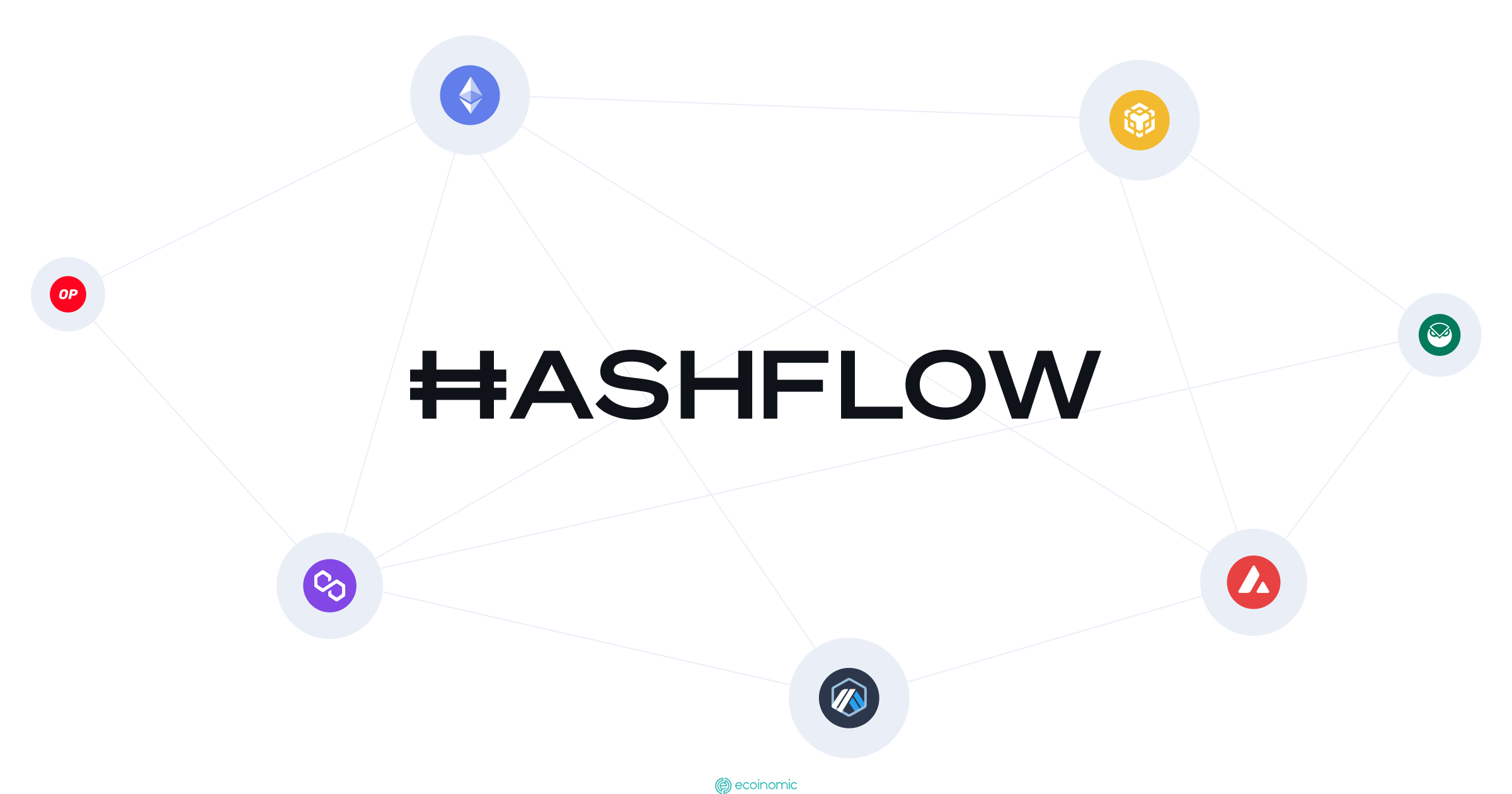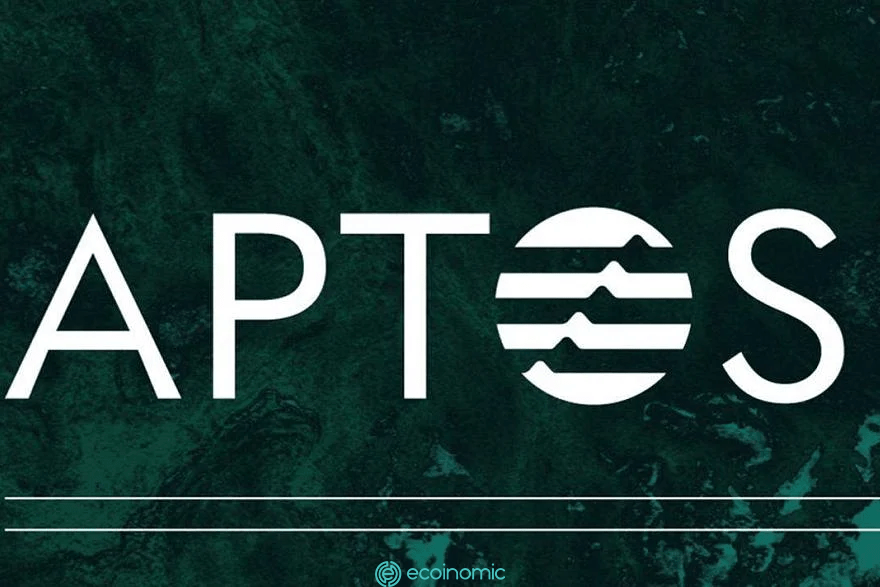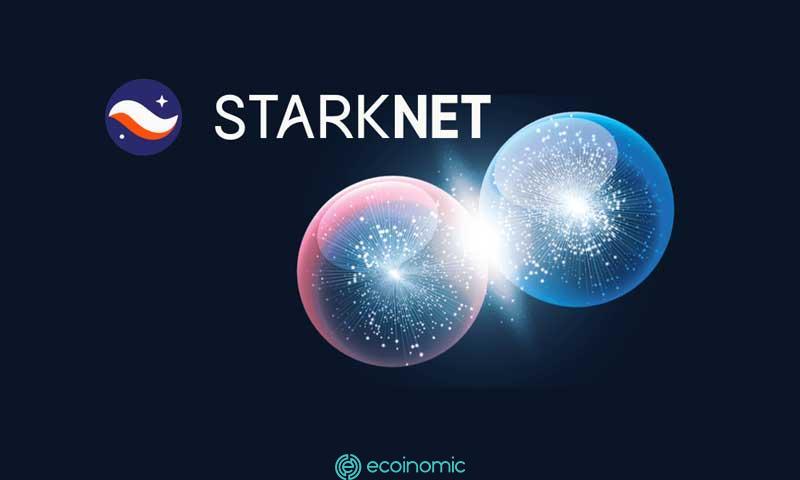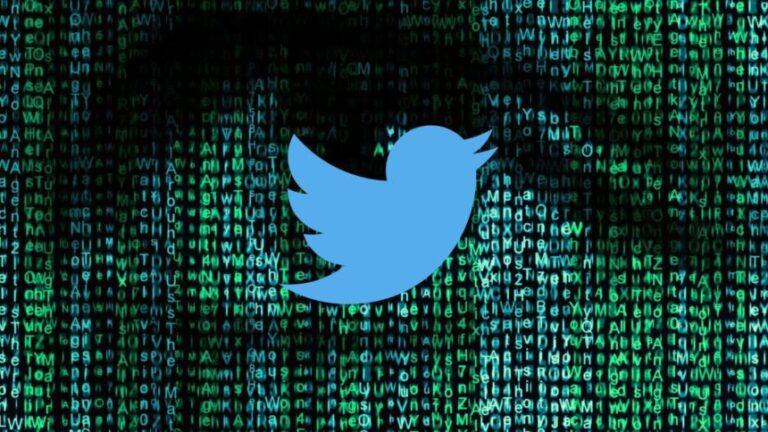Advertisement
How do NFT projects work?
Thanks to the success of Bored Ape Yacht Club (BAYC), the standard model has been adopted to launch the blockbuster NFT collection in 2022.
This rekindles the corporate community model in which NFT holders are considered a member. Like stocks, crypto communities launch NFT collections, turning holders into “members” with varying degrees of influence.
Let’s say you have a growing online community, e.g. Twitter followers, fans, group chats, or online clubs. You offer (or sell) each participant to that community their own NFT, just like a digital membership card.
As a member, they can sell their NFT to someone outside the community, speculators, or keep it in hopes of getting future perks only available to members.
Whether the Securities and Exchange Commission views these NFT’s as investment contracts remains an open question.
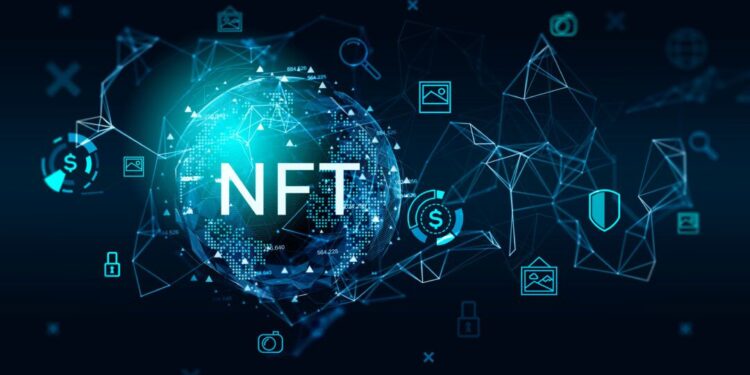
What are the privileges of owning NFT?
Basically, those privileges are to “attend” in a variety of capacities. NFT holders will receive the first information about future NFT projects from the community and can give an opinion on how the projects work.
Besides, as an NFT owner, you can get 10,000 COMMUNITY tokens, or special NFT profile photos to reinforce membership on Twitter and Discord.
The founding leadership team of the community usually makes all the business decisions and holds the largest number of NFT’ s. There are no prohibitions on whether NFT founders and owners may or may not implement or break the project with their membership card.
The NFT collection was founded by venture capitalists Chris Cantino and Jaime Schmidt last fall and Proof, a media startup founded by Kevin Rose. When Proof launched its new NFT collection earlier this month, existing members had the opportunity to invest in front of the community.
Besides, Moonbirds generated $58 million for the company’s budget, the NFT project model used to raise capital that comes with its own types of risks.
Risk of being exploited
The Akutars NFT collection lost nearly $35 million when a smart contract failed.
The cryptocurrency community led by former baseball player Micah Johnson has raised about $35 million from its NFT launch. Shortly thereafter, all the money was lost.
Johnson has spent the past year promoting the Aku brand, a cryptocurrency media company inspired by a space travel mascot of the same name. On Friday, they planned to launch “Akutars,” the official NFT avatar of the Aku universe.
The initial price was quite high at 3.5 ETH (about $10,000), but was revised down on sale.
Because all the code for the NFT launch mechanism has been made public in smart contracts deployed for the Ethereum blockchain, anyone with an internet connection can see the inner workings of the NFT.
This ensures transparency but is not strictly secured: About an hour after the purchase begins, attackers can take advantage to exploit the Akutars smart contract. The assailant left a message:
“Although it is quite fun, I have no intention of exploiting this vulnerability. Otherwise, I wouldn’t have used coinbase. Once you publicly disclose the vulnerability that exists, I’ll delete the block immediately. – USER221”
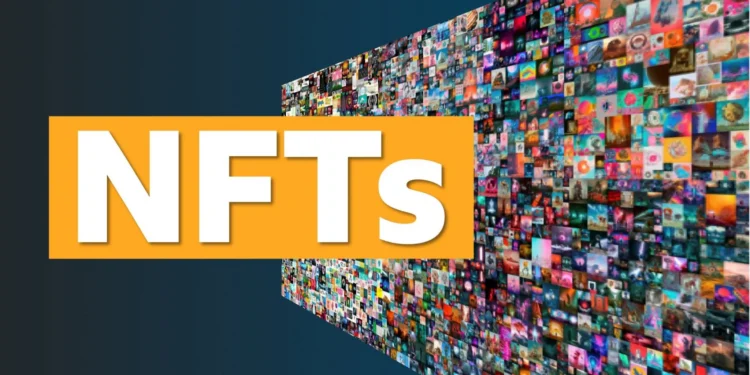
35 million although the mining did not completely break the contract, it did cause a chain reaction that caused $35 million of ETH to be “locked” on the network. Since the code deployed on Ethereum is “immutable” and cannot be modified, developers have no recourse and the money will be lost permanently.
The next day, the developers used Aku’s official Twitter account to ask for help creating a new version of the contract.
They then sent Akutars to the NFT owners ” mint pass” and processed a partial refund of the money to anyone who made the bid.
This has pleased the Aku community. Traders backed Micah Johnson for relaunching Akutars instead of abandoning the project. The community is in agreement with the hashtag #weareaku.
Many people also believe that the original miner was actually a good person who found the system error rather than the purpose of attack.
Something I put together for the @AkuDreams family, inspired by @Micah_Johnson3’s mantra ‘Brick By Brick’#WeAreAku #MoonGods pic.twitter.com/fyL769hjzw
— Reaper 🍌 (@Reaper_NFT) April 24, 2022
The principle of “Code is the law”
Thereis an immovable principle of cryptocurrencies: “Code is the law.” Smart contracts deployed on the blockchain will only run in one direction. This makes it difficult to correct the error after the actual operation.
Developers can update the code after reviewing or checking, but then the content will move on to a completely new contract. The security philosophy is based on the characteristic “DYOR” – “self-study”.
Since the majority of the code is transparent and updates are still limited, the community also accepts that the error is not entirely with the developers but also the responsibility of the user.
So, what happens when the “law” still has errors that break the system? There is no agency to complain, no unit is capable of recovering the lost money. This is the trade-off risk of doing things entirely in chains.
Aku has the resources to spend more than $35 million in damages to Aku investors, so new community members accept this mistake.
If new companies raise capital by launching the NFT project, who is responsible for this slide?
Let’s say an early-stage startup raises a few million dollars, but soon loses money. Investors will find it hard to accept this. At that time, the principle of “code is law” will not be accepted in court.
The failure of Akutars is a warning to the community NFT model as a company. No one can say that this mistake will not happen again. Once the code is wrong, investors lose all their assets.

